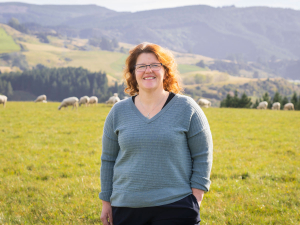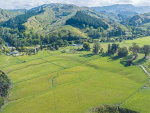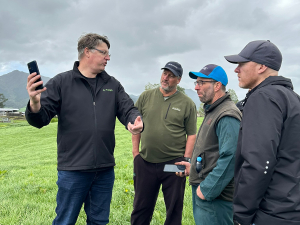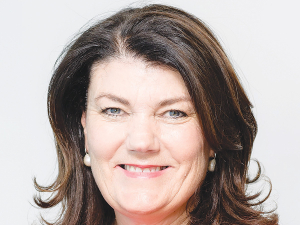OPINION: The challenge of climate change means pursuing many avenues to help New Zealand’s farmers meet demands from within our own country and globally.
One of those is the now well-studied practice of breeding sheep for lower methane emissions.
It was disappointing therefore to read the commentary of South Otago farmer Hamish Bielski in the Rural News July 2 issue, titled ‘Let’s not chase rainbows’). While I respect the writer’s right to hold his own views and express them, I would refute a number of the claims he has made, on the basis of the evidence or the experience of breeders shared with me and my colleagues.
The article quoting the writer opens by noting deep concern about the “pressure” to breed for the low methane trait, and the effects on other important traits sought over the last century.
As with any trait, if farmers opt to breed for lower methane there is an effect on other traits that are selected for. While the writer describes it as “sacrificing” other traits, what our published research has found is that breeding for lower methane does not negatively affect key traits such as meat quality.
The evidence, in fact, shows that breeding for low methane may result in animals with higher lean yields increasing revenue through slightly higher dressing-out rates, decreased fat, and increased meat yields, even before carbon costs and environmental benefits are taken into account.
Additionally, breeding for low-methane yield is unlikely to negatively affect fertility or parasite resistance in adult ewes.
The writer talks about the danger of selections based on theory or assumptions rather than accuracy at farm level. Yet we now have important insights built over time from our research flocks, as well as what we are seeing from breeders we work closely with.
What we have demonstrated in flocks across New Zealand is that we can select for more efficient animals that digest feed in a way that results in lower emissions and more productivity, without affecting fundamental traits such as reproductive efficiency.
Many breeders have been quick to take up the new technology, excited by the prospect of having a tool they have control over and the ability to mitigate their greenhouse gas emissions themselves. Over 22,500 sheep have been measured in a programme covering more than 40% of the top breeders in the country.
In fact, at a recent breeders’ forum we presented results from six years of selection for increased production and reduced methane emissions in a 750 recorded ewe flock breeding its own replacements where methane emissions were decreasing by 0.95% per year. The production index, essentially the gross margin of the enterprise per ewe, was increasing by 185c/year.
This contrasts with the industry trend estimates of a decrease of 0.01% and an increase of 110c/year, respectively. While it is early days, these are realised results not theoretical calculations. They suggest that the sheep industry should be able to reduce methane emissions while also increasing the current rate of genetic gain for production traits. The benefits of this approach relative to the cost of the mitigation are also very favourable.
Our results are being mirrored in the early adopters – breeders who have been selecting for low methane for several years are seeing better results in the animals that have been selected to emit less methane per unit of feed eaten. One example is Leon Black, an early adopter who is seeing about a 20% variation between the dozen sires progeny tested at Blackdale Stud each year.
Leon tells us they have about 600-1000 cent index economic advantage in their low methane sires over the higher measured sires, and on average they are selecting for more efficient, high productivity animals who in tandem have lower methane outputs.
Leon is only one example of many.
The writer talks about the opportunity cost to sheep and beef farmers from efforts spent on reducing emissions through genetics, and how it could be better spent on breeding for health and performance. But it is not a matter of either/or.
Our forward pack of New Zealand breeders is out there showing global consumers that they really can have their steak and eat it. We should be incredibly proud of what they have achieved.
Suzanne Rowe is AgResearch principal scientist.



















